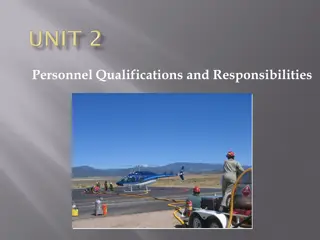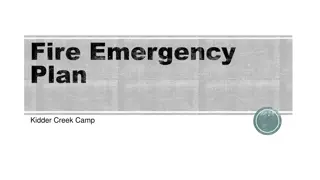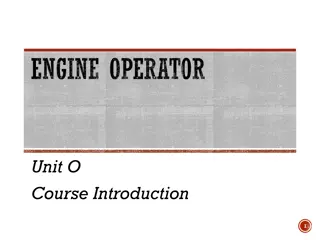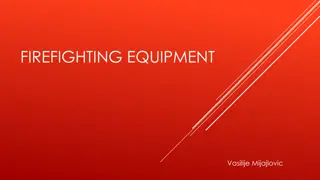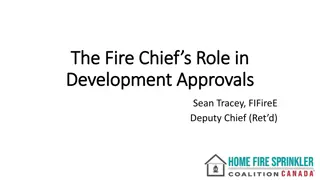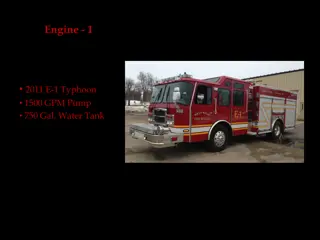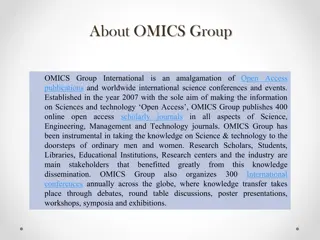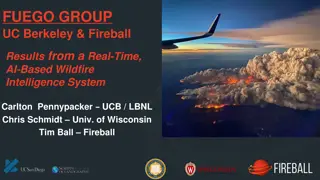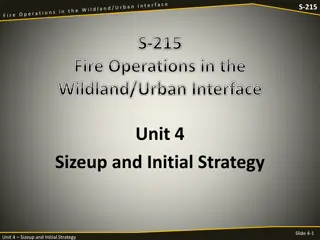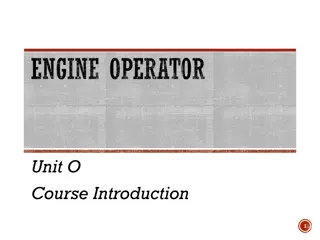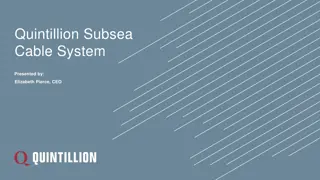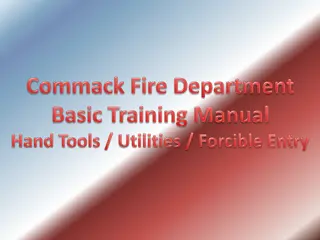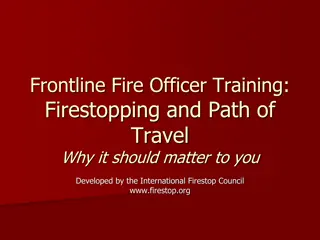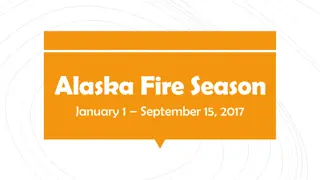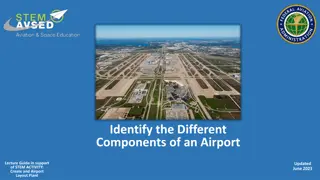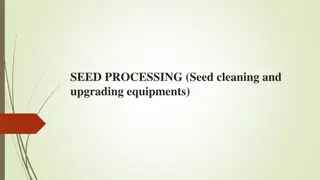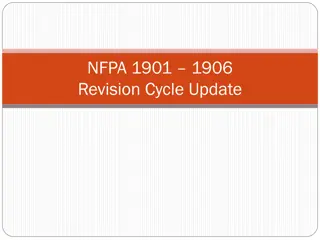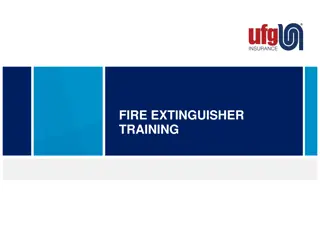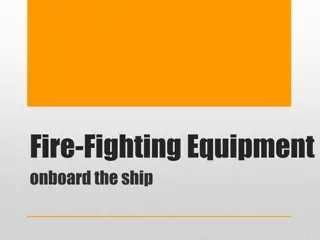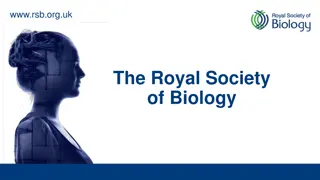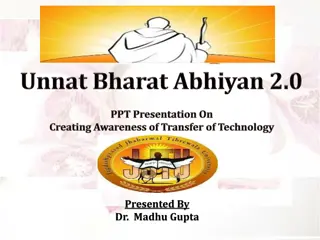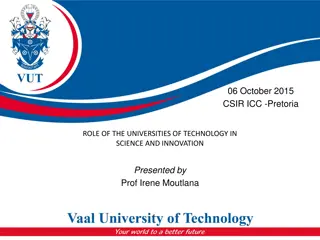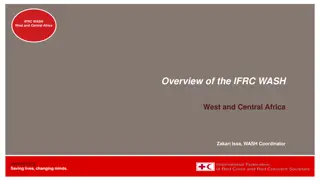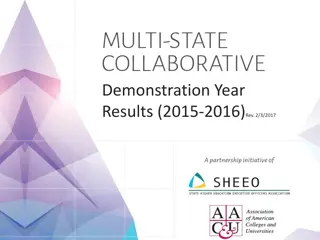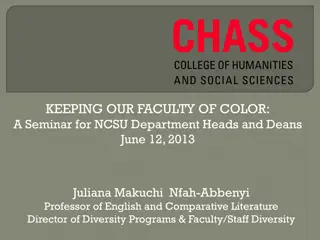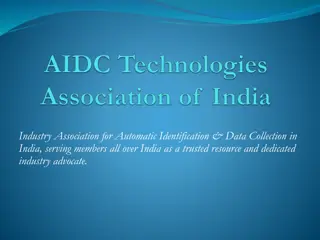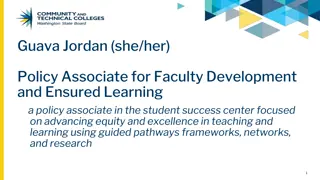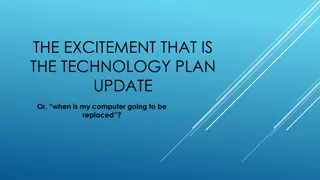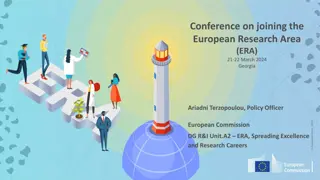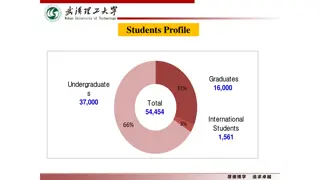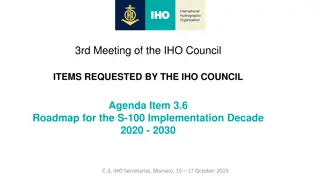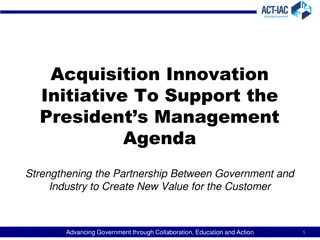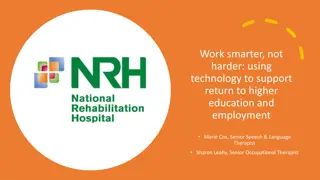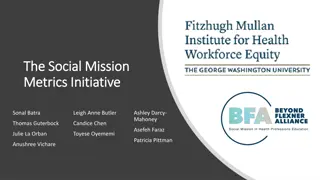Advancing Wildland Firefighting Technology in USFS: Challenges and Opportunities
Addressing last mile connectivity challenges, emphasizing partnerships, establishing a common operating picture hub, and enhancing real-time decision support are crucial for improving wildland firefighting technology within the USFS. The need for seamless integration of various technological options to empower firefighters on the front line is highlighted in this interagency perspective.
Download Presentation

Please find below an Image/Link to download the presentation.
The content on the website is provided AS IS for your information and personal use only. It may not be sold, licensed, or shared on other websites without obtaining consent from the author. Download presentation by click this link. If you encounter any issues during the download, it is possible that the publisher has removed the file from their server.
E N D
Presentation Transcript
USFS / INTERAGENCY PERSPECTIVE Stephen Nelson April 19, 2023
Topics for Discussion Last Mile Connectivity Renewed Focus on Partnerships Common Operating Picture Hub Real Time Decision Support
Last Mile Connectivity Remains a Challenge The technology to address last mile connectivity is available, the challenges remain in policy and funding. USFS is engaged in several fronts to address the need and reduce the dependency on any one technological approach. Tactical barriers remain at the forefront of the challenges. USFS is evaluating a range of options to address this need FirstNet, Private 5g, LEO and MEO Satellite, Mesh Networks, etc Ultimate solution will include a mosaic of options that work seamlessly together Wildland firefighters should be engaged in the business of managing incidents, not searching for connectivity. Regardless of how we solve this tactical challenge, it should appear to be a seamless, transition-less process for those on the front line.
Renewed Focus on Partnerships The need is there, the timing is right Today there are a myriad of organizations all interested in participating in the solution to the wildfire crisis. This effort is spread across the private and public sector and some efforts are coordinated, others are not. Funding is likewise spread across multiple government agencies further complicating the options for working in unison. PCAST Report Supports The recent report on Wildland Fire Information Technology by the Presidential Council of Advisors on Science and Technologies (PCAST) addresses this need directly and if the recommendations are approved and implemented it will greatly expand the scope and scale of partnerships to include public/private as well as better coordination among federal agencies. Current Options for Public/Private Partnerships are Limited Partnerships today are primarily arms length business transactions (RFI/RFP) or instruments like CRADAs with Government research laboratories. We need to expand the availability and speed of execution for other options.
Common Operating Picture Hub Creating a Hub for Common Operation Picture Moving away from monolithic applications that all require significant effort to integrate, deploying a common hub on which we can hang these new and emerging capabilities will help achieve the goal of improved deployment to the field across the wildland firefighting community
Real Time, Integrated Decision Support Today s decision support is focused on planning and documenting, not real time decision support The use of the Wildland Fire Decision Support System (WFDSS) is mandated for all USFS managed incidents. This leads to better compliance with the documentation aspects of decision support, but based on the current implementation is less supportive of real time decision making. Decision support should be integrated into command and control systems to provide in-the-moment feedback and guidance options As a monolithic application, Decision Support as currenty implemented is unwieldy and requires significant training to achieve real competence. Comparing proposed actions against historical outcomes; integrating, prioritizing and weighting remote sensing inputs are all enhancements that would significantly improve the utility of decision support systems. Making this information available as orders are entered would take it a step further toward real functional improvement.
Questions / Follow up? Stephen Nelson Assistant Director, IM USFS Fire & Aviation Management stephen.nelson@usda.gov



